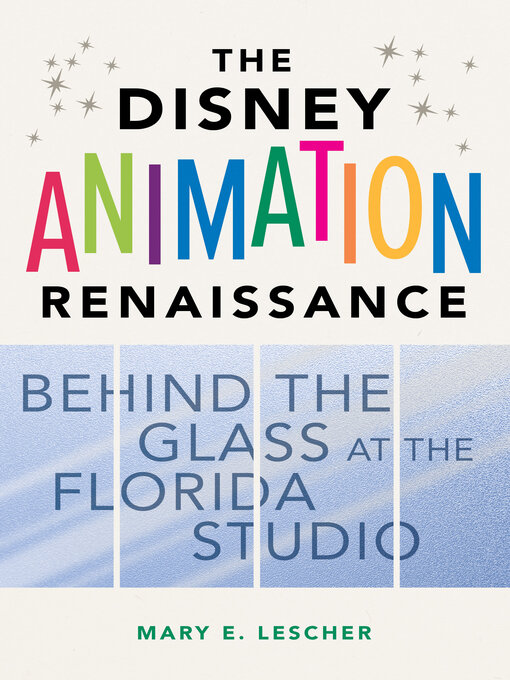A ground-level look at the entertainment giant, The Disney Animation Renaissance profiles the people and purpose behind a little-known studio during a historic era.
|AcknowledgmentsIntroduction
Notes
Animation Glossary
Filmography
Bibliography
Index
|"Sharp and filled with knowledge. . . . The book shines a light on the Florida studio's legacy within the wider Disney history and its impact during the Disney Renaissance can't be undersold." —Boardwalk Times"Lescher's admiring narrative, which incorporates her firsthand experience and interviews with fellow artists, illuminates the talent of Disney animators. Readers who cherish all things House of Mouse will find much to appreciate." —Publishers Weekly
"An academic monograph that is also accessible to Disney animation and parks fans. . . . Animation fans will lock onto the history of the films that the studio contributed to making. Parks fans cannot help but be fascinated by the evolution of the attraction and the perceptions of the animators behind the glass. And most of all, the work shows how serious academic studies on animation endeavors can provide us with valuable lessons about business, technology, innovation, and culture. " —Between Disney
|Mary E. Lescher (1957-2019) was an animator, art historian, and museum curator. She worked as a cameraperson and scene planner for Walt Disney Feature Animation and DisneyToon Studios from 1989 to 2006. The exhibits she curated include Collectibility: Art and Commodity from the Disney Renaissance and The Florida Studio: Disney Art and Artifact.

